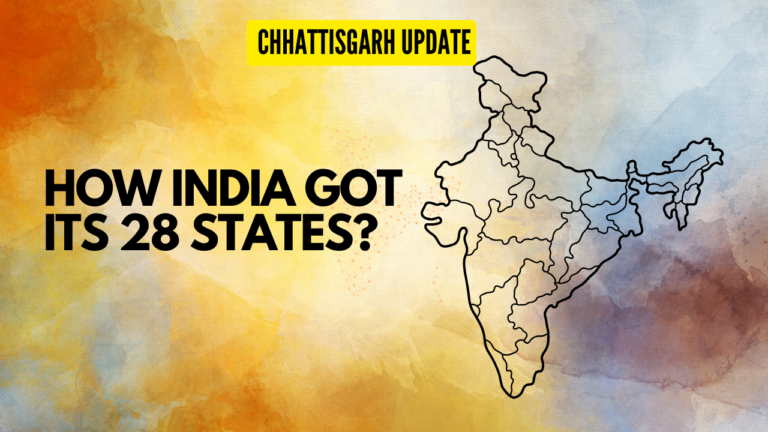Bemetara district, a relatively new addition to the state of Chhattisgarh, India, holds within its boundaries a rich blend of culture, history, and demographics. Established on January 13, 2012, and formally inaugurated by the then-Chief Minister, Raman Singh, Bemetara has rapidly evolved into a district of significance. In this article, we will explore the unique aspects of Bemetara, including its demographics, economy, culture, and administrative structure.
Bemetara district, with its administrative headquarters in Bemetara town, operates under the able leadership of Vilas Sandeepan Bhoskar, IAS, who currently serves as the Collector. The district is divided into two administrative subdivisions: Bemetara and Saja. This division ensures efficient governance and services to the residents.
Understanding the demographics of Bemetara is essential to appreciate the diversity of its population and cultural fabric.
Religious Diversity
As of the 2011 census, Bemetara district boasts a harmonious religious diversity. Hinduism stands as the predominant religion, with 98.26% of the population following it. Other religious communities, including Islam (0.86%) and ‘Other or not stated’ (0.88%), contribute to the cultural tapestry of the district.
Bemetara district is home to a population of 795,759 people, as recorded in the 2011 census. This population is distributed across urban and rural areas, with 9.37% residing in urban centers. Over the decade from 2001 to 2011, the district experienced a substantial population growth rate of 38.29%. Additionally, 17.19% of the population is under the age of 6 years.
The district maintains a balanced gender ratio, with 1001 females for every 1000 males. Bemetara takes pride in a literacy rate of 70.58%, highlighting the importance of education in the lives of its residents.
Scheduled Castes and Scheduled Tribes constitute a significant portion of the district’s population, comprising 18.10% and 4.67%, respectively. This diversity contributes to the cultural richness of the region.
Bemetara district exhibits linguistic diversity. According to the 2011 Census of India, Chhattisgarhi is the primary language spoken by 97.43% of the population, followed by Hindi at 1.96%. A small percentage of the population also speaks other languages, adding to the linguistic mosaic of the district.
The economy of Bemetara is primarily agrarian, with nearly 80% of its residents engaged in agriculture. Agriculture forms the backbone of the district’s economy, with a significant portion of the population working on their fields and farms. Approximately 10% of the population serves as government employees in various departments, including education, irrigation, PWD, and FCIs. Another 10% of the population is involved in businesses, real estate, retail sectors, and other commercial activities. The excise department of Bemetara contributes significantly to government revenue, collecting around 5 crore rupees in taxes.
The cultural heritage of Bemetara reflects the ethical values, rituals, and customs of Chhattisgarh. Similar to other regions in Chhattisgarh, Bemetara hosts traditional events and festivals such as Mandai, Panthi, and Mela on various occasions. For example, Matar is celebrated on the second day after Lakshmi Puja (Diwali), while Mandai and Mela are observed during the Magh Purnima season (February-March). In addition to Hindu festivals like Diwali and Holi, regional festivals like Hareli, Pola, Tija, Deo Uthani Ekadashi, Kartic Poornima, and more are celebrated with enthusiasm, showcasing the rich cultural heritage of the district.
Bemetara district, nestled in Chhattisgarh, India, is a region characterized by its cultural diversity, religious harmony, and agricultural prominence. With a rapidly growing population and an agrarian economy, it stands as a testament to the resilience and spirit of its people. As Bemetara continues to evolve, it remains a place of cultural significance and economic potential, inviting both residents and visitors to experience its unique charm.



